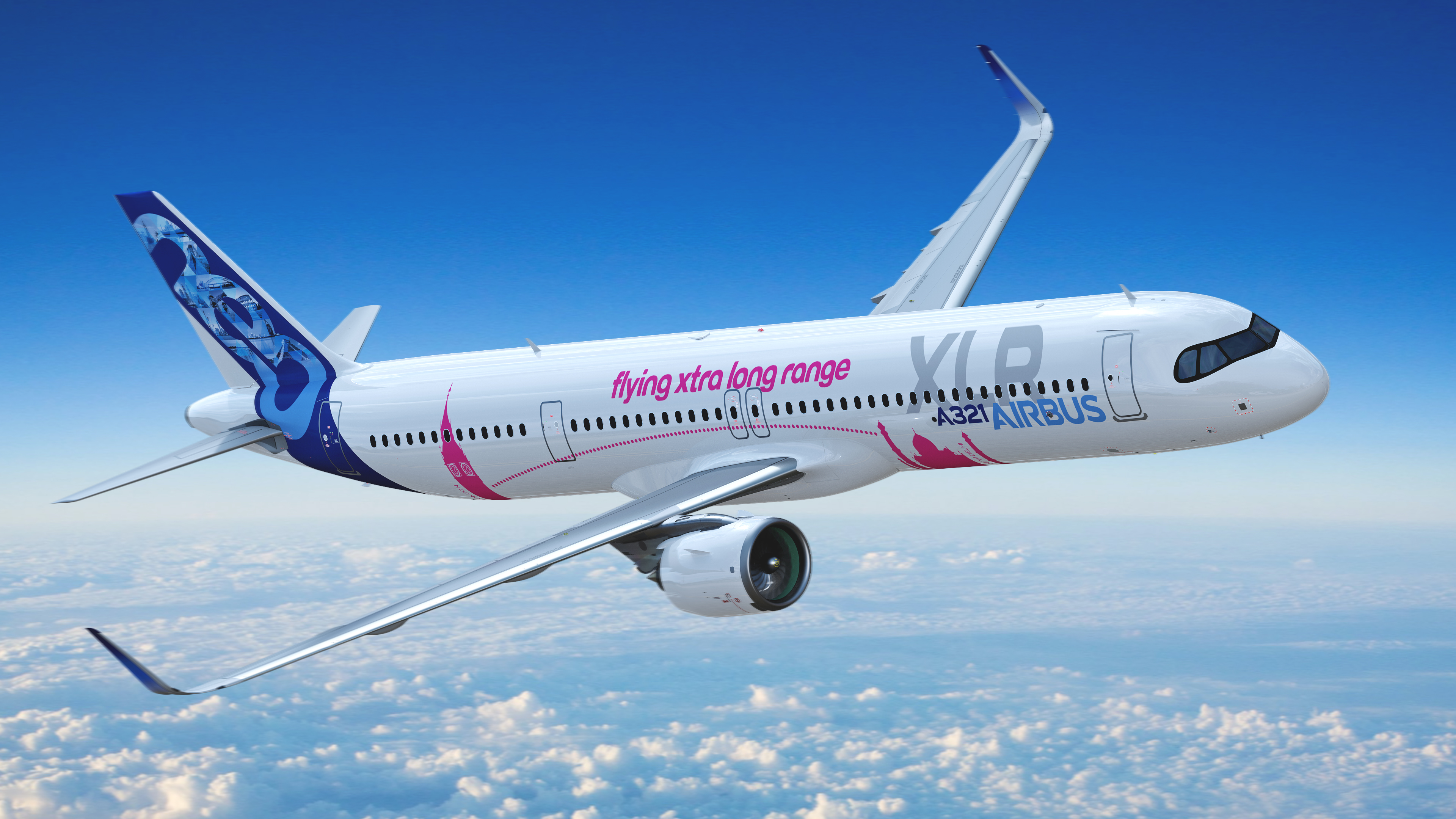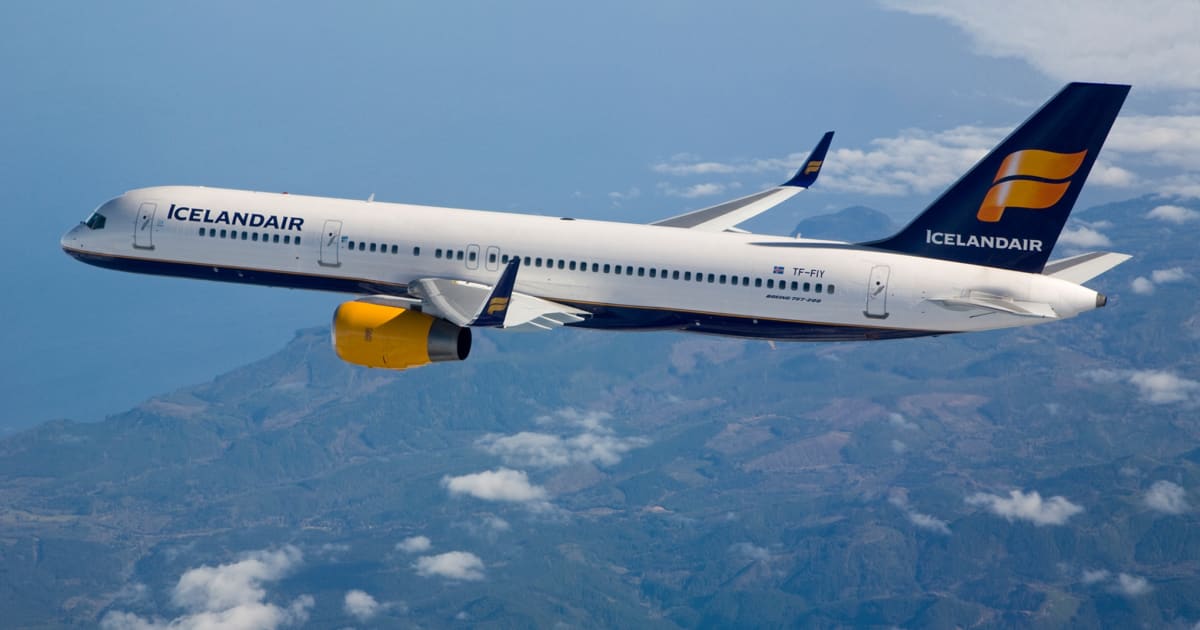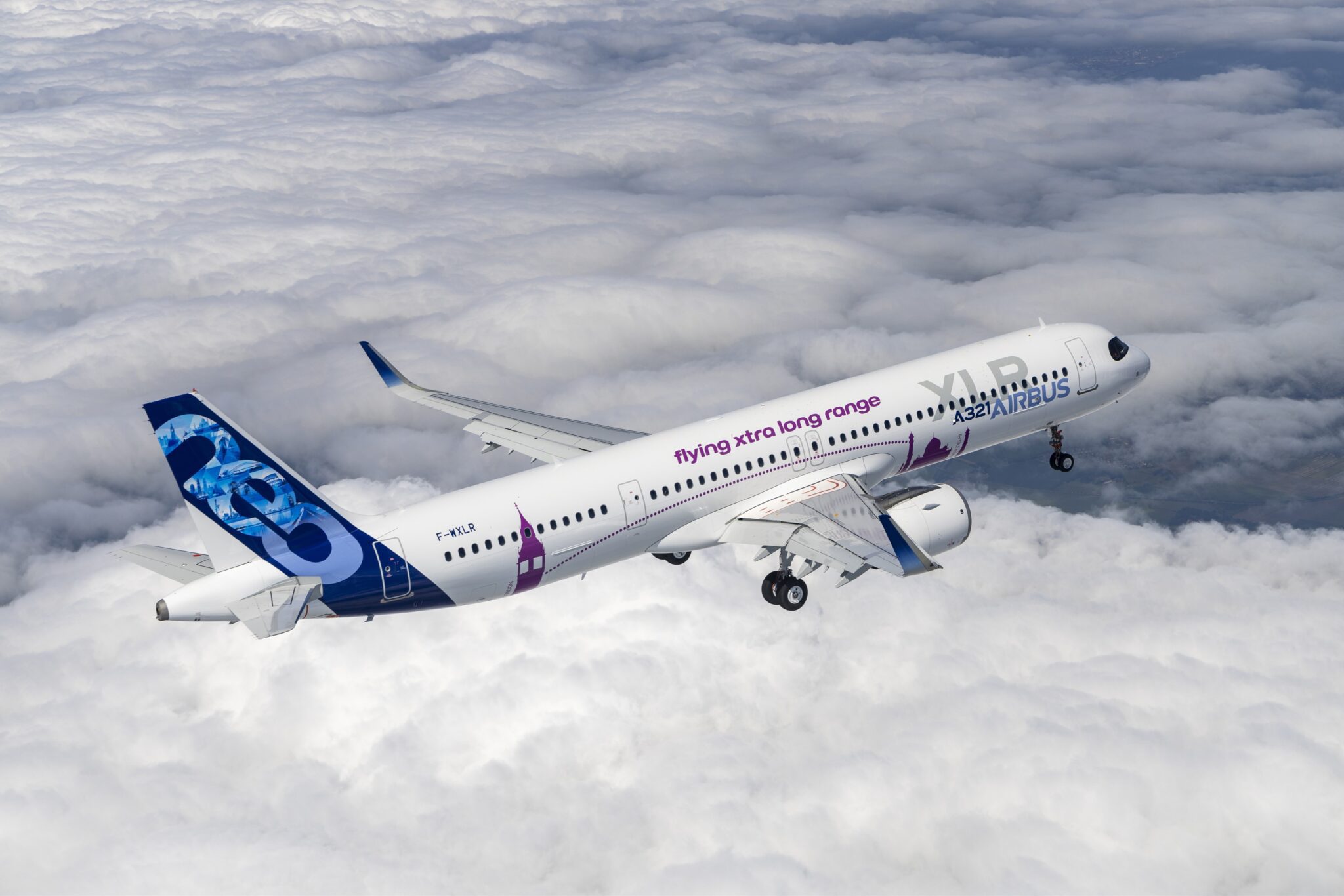
The question has seemingly become more common in the past few years: Will Airbus' new A321XLR properly replace the legendary Boeing 757?
The debate over whether there will ever be a proper 757 replacement has raged for a while. However, now Airbus might have an aircraft that can finally replace the flying pencil.
The Venerable 757
Created as a successor to the popular 727, the 757 completed its maiden flight in 1982. The aircraft boasted large wings, overpowered engines, and some of the most range of any narrowbody jet.
One thousand fifty examples were built for 54 customers around the world. Boeing ended 757 production in 2004, yet many airlines continue to hold on to these planes as they have not nailed down a proper replacement.
The 757 was (and still is) perfect for so-called "long and skinny" routes. These routes do not see much demand yet are still too long for the usual narrowbody aircraft to fly. Examples include Newark to Porto, Portugal, Minneapolis to Reykjavík, Iceland, or Newark to Edinburgh, Scotland.

Specifically, the 757-200 boasts a range of 4,505 miles (7,250 kilometres or 3,915 nautical miles). This characteristic has made it a very common choice for airlines to utilize it on transatlantic flights over the years. United, Delta, and Icelandair continue to do so.
Boeing later came out with the high-density 757-300, an elongated version of the -200 that sacrificed range for more seats. Still, despite the added length, this giraffe of a plane had a promising range of 3,900 miles (6,295 kilometres or 3,400 nautical miles).
There continues to be no proper replacement for the 757-300. Major operators like United and Delta have hinted at keeping their examples for many years longer.
As mentioned before, manufacturers and airlines alike have struggled to find a proper successor to the 757-200. A narrowbody with the range and improved fuel efficiency was hard to come by.
Introducing...the A321XLR
Airbus announced the A321XLR at the 2018 Paris Air Show. This aircraft was based on the current A321neo fuselage but would feature a much larger range.

Airbus responded to the lack of a proper 757 successor in the "Middle of the Market" (MoM) area. More than 200 orders filled Airbus' log book soon after announcing the XLR.
One drawback of the XLR is that achieving its long-range requires a larger fuel tank. However, to compensate for the larger tank, the aircraft has to sacrifice a few seats. This means that while the plane could fly as far as the 757-200, it might not be able to fly as many passengers.
Still, the A321XLR has an impressive range. While the 757-200 can carry 200-240 passengers, a maximum of 3,915 nautical miles, the A321XLR can carry 206 passengers up to 5,000 NM or 9,300 kilometres. Despite the decrease in passenger capacity, it is a massive improvement in range.
Being an older aircraft, the 757 does receive complaints that its passenger experience is not as great compared to newer aircraft. The A321XLR not only has much better fuel efficiency, also LED lighting, and better pressurization, making it much more passenger-friendly.

Therefore, in conclusion, Airbus' A321XLR is shaping up to be a decent 757 replacement in terms of range. While it does lag slightly in terms of capacity, it makes that up with improved economics and passenger experience.
We are getting even closer to seeing the A321XLR enter passenger service as Airbus recently won European certification for the plane. Iberia will be one of the first carriers to put the plane into service as flights will soon launch from Madrid to Boston.
So, while the A321XLR will be a decent 757 replacement, we cannot end without saying that there will never be a 100% perfect replacement for the 757, an aircraft that has been and continues to be loved by so many worldwide.
Buraq Air Expands Fleet with New Airbus A320neo Aircraft Order » U.S. Issues Warning for Airlines Flying over Venezuela » VIDEO: IAF Tejas Crashes at Dubai Airshow »
Comments (3)

 Paul England
The 757 will always be a special Aircraft to passengers and Pilots alike,it has the looks and the performance to match , especially with the Rolls Royce RB211 engines, and there unique sound.
It’s Shame Boeing stopped production, a missed opportunity by them i think.
Paul England
The 757 will always be a special Aircraft to passengers and Pilots alike,it has the looks and the performance to match , especially with the Rolls Royce RB211 engines, and there unique sound.
It’s Shame Boeing stopped production, a missed opportunity by them i think.
 adam
I agree 100% the performance is off the chart and the RBs are detuned very robust rotation is effortless. love it. Its in the aging aircraft phase so due so frequent inspection is required.
adam
I agree 100% the performance is off the chart and the RBs are detuned very robust rotation is effortless. love it. Its in the aging aircraft phase so due so frequent inspection is required.
Add Your Comment
SHARE
TAGS
STORIES airbus a321xlraa321xlra321 vs 757airbusairbus a321xlrboeing 757a321neoairbus vs boeingRECENTLY PUBLISHED
 U.S. Issues Warning for Airlines Flying over Venezuela
The United States government has issued warnings to airlines flying over Venezuela following a rise in military activity. These warnings are based on reports of interference that could affect aircraft systems.
NEWS
READ MORE »
U.S. Issues Warning for Airlines Flying over Venezuela
The United States government has issued warnings to airlines flying over Venezuela following a rise in military activity. These warnings are based on reports of interference that could affect aircraft systems.
NEWS
READ MORE »
 Attracting the Next Billion: The Psychology of "Free" in India's Digital Market
To successfully attract this audience, one of the most powerful psychological tools in a marketer's arsenal is the concept of "free," particularly in the form of "no-deposit" offers.
INFORMATIONAL
READ MORE »
Attracting the Next Billion: The Psychology of "Free" in India's Digital Market
To successfully attract this audience, one of the most powerful psychological tools in a marketer's arsenal is the concept of "free," particularly in the form of "no-deposit" offers.
INFORMATIONAL
READ MORE »
 VIDEO: IAF Tejas Crashes at Dubai Airshow
An Indian Air Force (IAF) Tejas has crashed during a display at the Dubai Airshow today, November 21. At approximately 2:15 p.m. aircraft was performing a maneuver when the accident occurred. The pilot's condition is currently unknown.
NEWS
READ MORE »
VIDEO: IAF Tejas Crashes at Dubai Airshow
An Indian Air Force (IAF) Tejas has crashed during a display at the Dubai Airshow today, November 21. At approximately 2:15 p.m. aircraft was performing a maneuver when the accident occurred. The pilot's condition is currently unknown.
NEWS
READ MORE »



